Slinger, Schleisingerville until 1921, was founded by Baruck Schleisinger Weil, who moved to Washington County in 1845 after immigrating from the Alsace region of France. According to the Encyclopedia of Milwaukee, “For the sake of brevity, villagers approved shortening ‘Schleisingerville’ to its commonly used nickname, ‘Slinger,’ in 1921.” Others argue that the name changed in the wake of WWI and anti-German sentiments. The official 2017 Village of Slinger comprehensive plan says that it was shortened for brevity purposes, and due to anti-German sentiment, confirming both causes. Read more about the history of Slinger at the Slinger Community History and Culture webpage, a project completed and maintained by students and teachers at Slinger High School.
Images are from the Slinger Community Library.
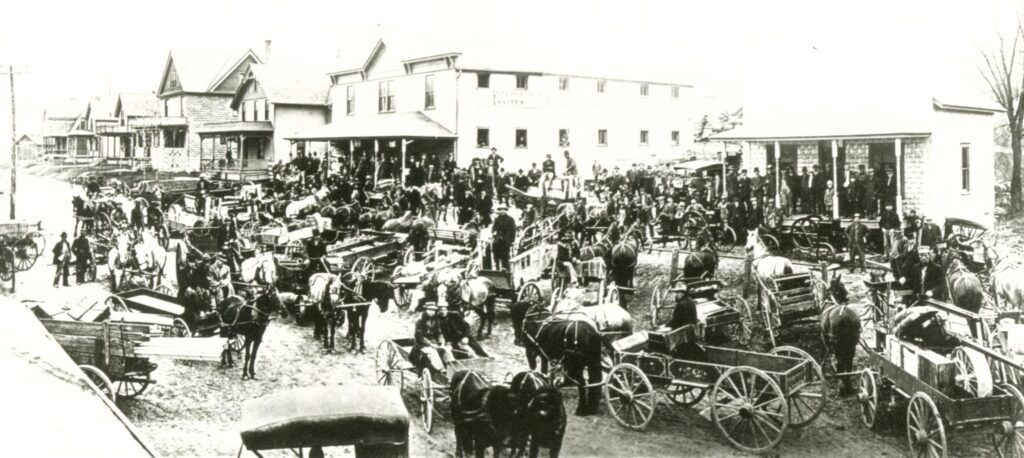
Theodore Koenings invited the area farmers in for some type of celebration and had this picture taken around 1910. Koening’s Implement shop is the large building in the center. It is now an apartment building. Storck street is fully developed with new homes, all of which still stand today.

A stroll down Schleisingerville in the transition period between horses and cars. Sidewalks are in and trees are growing strong. Children are unknown.
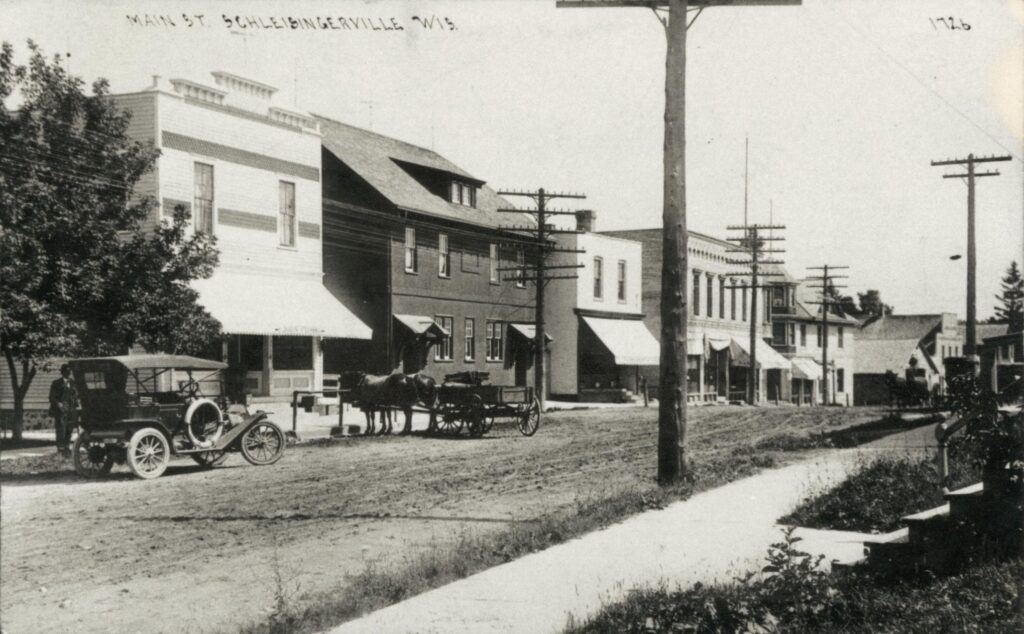
This photograph captures the transition period from horses to automobiles. Also notice the utility poles going up and down Main Street (Kettle Moraine Drive).
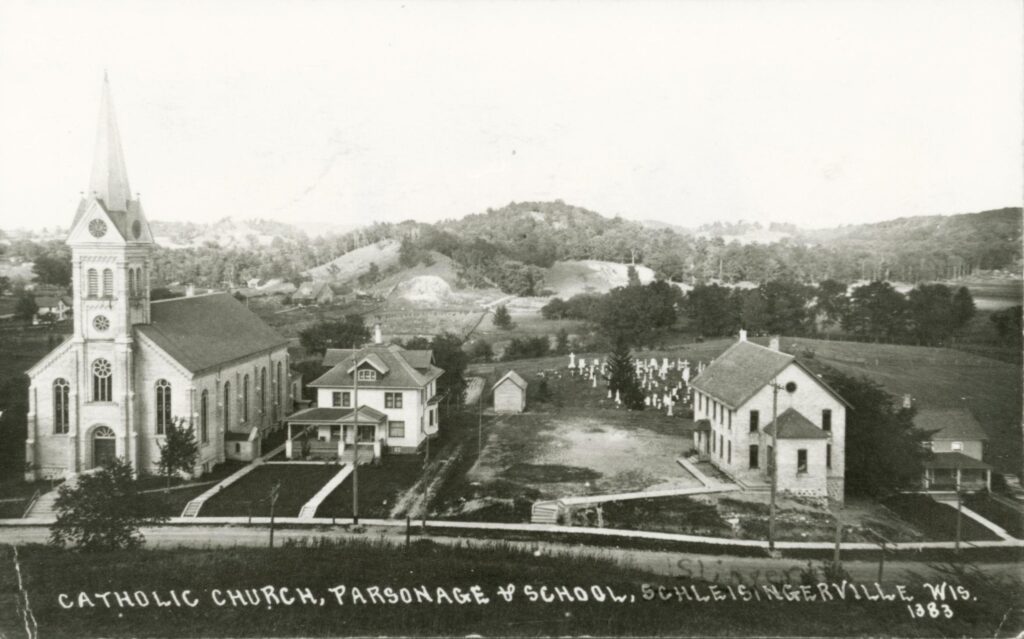
This is a photo of St. Peters Church. The church was constructed in 1893. The rectory was constructed after 1912. The old school construction was 1882 and the sister’s home was constructed around 1872.
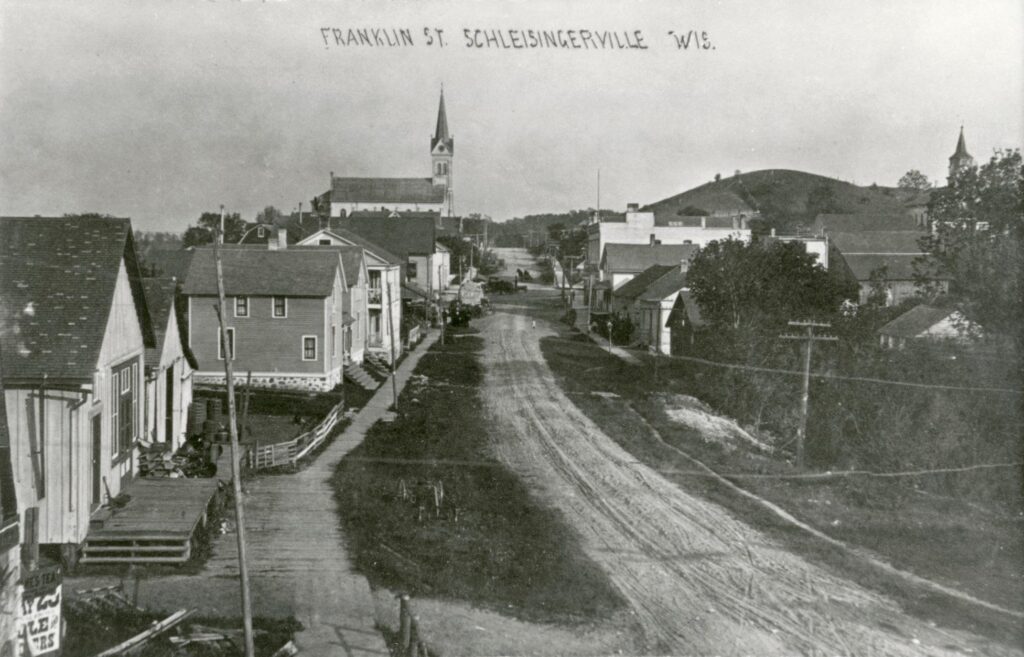

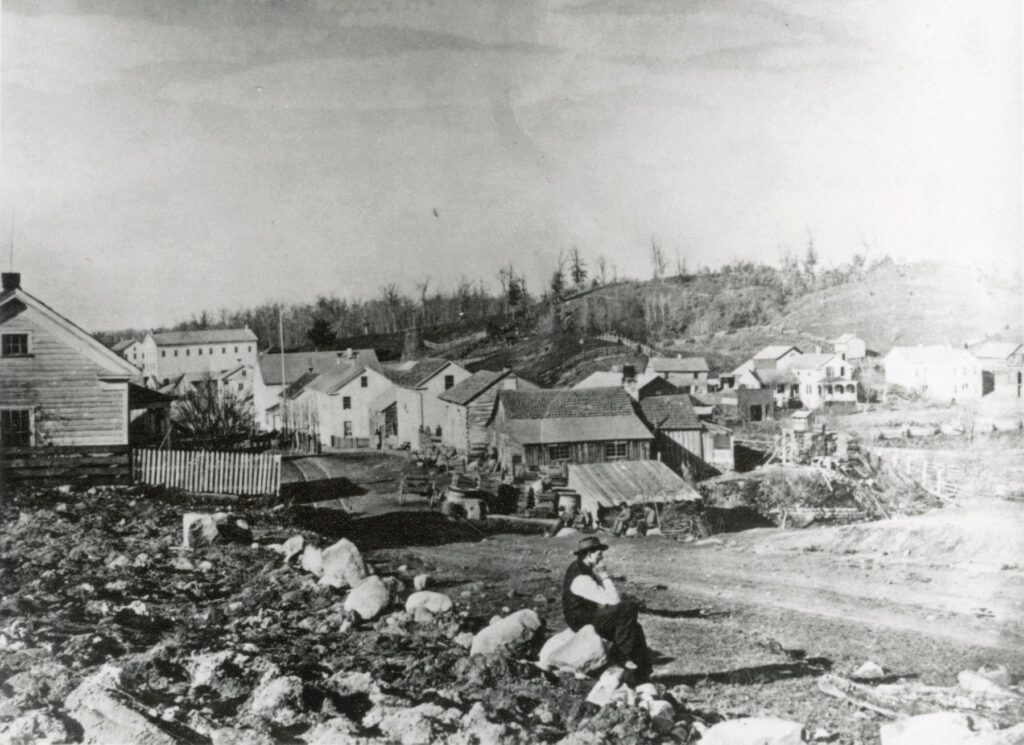


You must be logged in to post a comment.